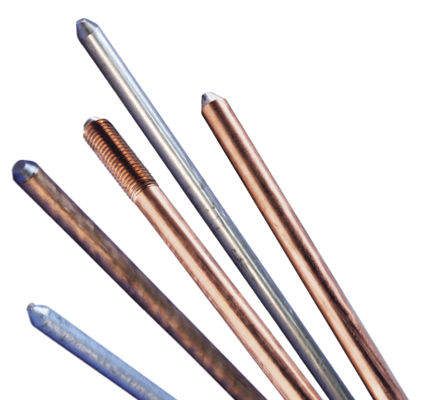
In the intricate domain of electrical infrastructure, utility grounding systems play a critical role in ensuring safety and operational efficiency. These systems are designed to provide a safe path for the discharge of electrical currents into the earth, thereby mitigating the risks of electrical shocks, over-voltages, and other hazards.
Overview of Utility Grounding Systems
Utility grounding systems are an integral part of electrical networks, particularly in substations. Their primary function is to protect personnel and equipment from electrical shocks by providing a safe conduit for excess electricity to dissipate into the ground. Grounding systems are crucial for stabilizing the electrical system, protecting transformer neutrals, and discharging over-voltages caused by lightning or other surges. They also ensure that non-current carrying metallic objects in substations are safely grounded.
The Integral Role of Ground Rods
Ground rods are a vital component of these grounding systems. They are typically long, cylindrical rods driven deep into the ground to provide a reliable, low-resistance path for fault currents to flow into the earth. This is essential for protecting personnel in substations against electrical shocks. Ground rods also play a pivotal role in connecting transformer neutrals to the ground, discharging over-voltage from overhead ground wires or lightning masts, and providing a grounding path for surge arresters. Additionally, they are crucial in discharging the charge between phase and ground and in providing earth connections to various structures within the substation.
Selecting the Right Ground Rods
Choosing the appropriate ground rod is crucial for the effectiveness of a grounding system. Factors to consider include:
- Type of Rod
- Steel Copper Coated: Offers the best balance of cost and product life.
- Solid Copper: Ideal for very dry soils or those with high resistivity.
- Stainless Steel: Suitable for arid or corrosive underground conditions.
- Diameter
- Based on the amount of fault current to be conducted, common diameters are ½”, 5/8”, ¾”, or 1”.
- End Types
- Options include threaded or un-threaded based on installation requirements.
- Length
- Determined by the type of soil and fault current value.
- Copper Plating Thickness
- Typically 1-mil to 13-mil, depending on the application.
Ground Rod Standards and Requirements
- Adhering to standards is critical in the selection and installation of ground rods. These standards include:
- The material should be a steel core with a copper layer.
- Copper coating thickness should be at least 0.010”.
- Length requirements are 10 feet in Canada and a minimum of 8 feet in the United States.
- Copper adhesion should pass the peel-off test.
- The rod should withstand a 30-degree bend test.
Conclusion
In conclusion, ground rods are an indispensable component of utility grounding systems, offering protection against electrical hazards and ensuring the safety of personnel and equipment. Selecting the right ground rod involves considering factors such as rod type, diameter, length, and copper plating thickness, in accordance with established standards. By carefully choosing and implementing ground rods, utilities can maintain safe, efficient, and reliable electrical systems.

